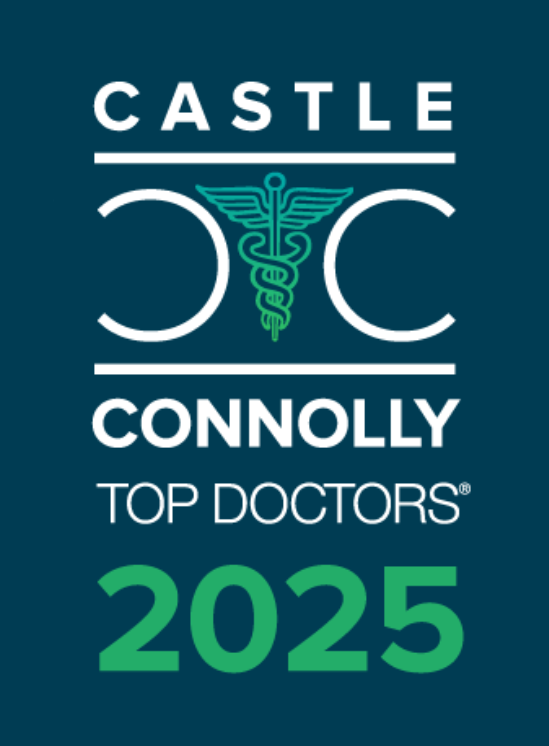Connecticut Eye Specialists has designed a new LASIK suite featuring the WaveLight® EX500 Excimer Laser in the main office location at 4 Corporate Drive in Shelton, CT.
Only the WaveLight® EX500 Excimer Laser utilizes Wavefront Optimized® ablation profiles designed to help maintain the natural corneal shape.
What is Refractive Surgery?
Refractive surgery are any procedures performed with the intention of improving vision and reducing one’s dependence on glasses or contact lenses. Many people choose to have this type of surgery for reasons including the convenience of increased freedom from spectacles and contact lenses. The most widely performed type of refractive surgery is LASIK (laser-assisted in situ keratomileusis), where a laser is used to reshape the cornea. There do exist other procedures, which we offer, to help you meet your vision needs and goals.
We conveniently perform refractive surgical solutions, including LASIK and PRK, in our laser vision correction suite located in our office in Shelton, Connecticut.
What causes poor vision?
Light rays enter the eye through the pupil and are focused, or refracted, by the cornea and lens onto the retina – the light-sensitive membrane at the back of the eye. The optic nerve then sends the light images to the brain for processing.
For many people, normal differences in eye anatomy prevent light rays from properly coming together on the retina and cause images to blur. This is called refractive error.
There are four basic types of refractive errors:
Myopia (nearsightedness): The cornea is too curved, the lens is too powerful, or the eyeball itself is too long, causing light rays to meet in front of the retina. Faraway objects appear blurrier than near objects.
Hyperopia (farsightedness): The cornea is too flat, the lens is too week, or the eyeball is too short, causing light rays to meet behind the retina. Near objects appear more blurry than faraway objects.
Astigmatism: The cornea is asymmetrically curved and prevents clear focusing at any distance. Astigmatism can occur with either myopia or hyperopia.
Presbyopia: A natural part of aging, the lens becomes less elastic, preventing sharp focusing on near objects. People typically develop presbyopia in their early 40s and require reading glasses or bifocals for close work.
Am I a candidate for Refractive Surgery?
Refractive surgery might be a good option for you if you:
• Want to decrease your dependence on glasses or contact lenses
• Are free of eye disease
• Understand that you could still need glasses or contacts after the procedure to achieve your best vision
• Have an appropriate refractive error
• Accept the inherent risks and potential side effects of the procedure
There is no universally-accepted, best method for correcting refractive errors. The best option for you should be decided after a thorough examination and discussion with our surgeons. If you are considering refractive surgery, we can discuss your lifestyle and vision needs to determine the most appropriate procedure for you.
Types of Refractive Surgery
Laser Refractive Surgery
Laser in situ keratomileusis (LASIK)
Laser in situ keratomileusis is used to treat a broad range of myopia, hyperopia, and astigmatism. During a LASIK procedure, a hinged flap is made on the cornea. The flap is lifted, and an excimer laser reshapes and modifies the cornea to reduce refractive error. Following this, the flap is returned to its original position and seals quickly without sutures.
Photorefractive keratectomy (PRK)
Photorefractive keratectomy is used to correct a broad range of myopia, hyperopia, and astigmatism. With PRK, the excimer laser reshapes the surface of the cornea, without making a flap, flattening it to correct myopia or curving it to correct hyperopia.
Non-Laser Refractive Surgery
Implantable collamer lens (ICL)
Implantable collamer lenses are a special kind of intraocular lens that corrects moderate to higher degrees of nearsightedness, while leaving the eye’s natural lens intact.
Refractive lens exchange
Refractive lens exchange is similar to cataract surgery but takes place before a cataract has formed to treat various levels of nearsightedness, farsightedness, astigmatism, and presbyopia. Just like in cataract surgery, the eye’s natural lens is removed and replaced with an intraocular lens that reduces refractive error.
Intra-stromal corneal ring segments (INTACS®)
Intrastromal corneal ring segments can treat mild degrees of nearsightedness but are now more often used to treat severe forms of keratoconus. During the INTACS procedure, clear, crescent-shaped segments are inserted into the periphery of the cornea to flatten the center.
For more information
Our office offers free refractive surgery screenings to determine if you meet the basic requirements for any of our procedures and to determine which are safe options for you. Qualified candidates can then proceed to a low cost, but usually not insurance-covered, preoperative examination. This critical and thorough exam includes all the necessary measurements needed to perform your procedure as accurately as possible.
Our commitment is to find a safe solution to help meet your vision needs. To learn if you may be a candidate for refractive surgery and its benefits, call Connecticut Eye Specialists at 203-926-1700.





